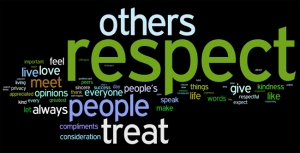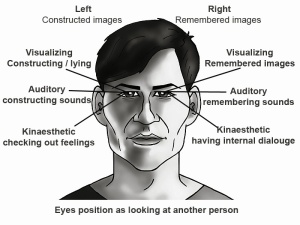Source – s-media-cache-ak0.pinimg
~~~~~~~~~~~~~~~~~~~~~~~~~~~~~~~
Is someone speaks and no one is listening, is it still communication?
Source – affirmyourlife.blogspot
~~~~~~~~~~~~~~~~~~~~~~~~~~~~
What is listening?
This is my definition.
Listening is the ability and the willingness to create the mental and emotional space to accurately receive and interpret messages in the communication process.
What’s yours?
“Listening is a positive act: you have to put yourself out to do it.”
-David Hockney
Today we will explore how you can demonstrate respect in your effective listening endeavors.
 1. Respect that the speaker in entitled to his/her own opinions.
1. Respect that the speaker in entitled to his/her own opinions.
We are all unique individuals with our different backgrounds, embracing various belief systems.
That is what gives us a vibrant world to live in. Respect that.
2. Their beliefs are important to them
As yours are to you. Being the active listener and allowing others to express their own mind about issues is a very freeing experience.
BE that to someone and chances is that the same due respect will be given back to you.
Source – 1.bp.blogspot
3. Have a blank mind
The best way to let others feel heard is when they can see that you are interested and fully committed to listening to what they are saying.
Clear your mind and just listen.
4. No judgement
When someone feels validated because you listen and you have no judgment about what is being said, it creates a trusting and collaborative space.
This gives a better opportunity for the goal of the communication to be achieved.
I will leave you with this question.
Why were we given two ears and one mouth and not the other way round?
If you have missed out on Part I.
~~~~~~~~~~~~~~~~~~~~~~
Thanks for reading.
P.S. Have you downloaded my free life coaching app for you?
Please rate it if you can. Much thanks.
ON your Joylight! 🙂
~~~~~~~~~~~~~~~~~
- Need someone to talk to?
- Seek clarity to your thoughts?
- Refocus on your life goals?
- Or to resolve a challenging issue in your life?
You are not alone.
For more information on my background







